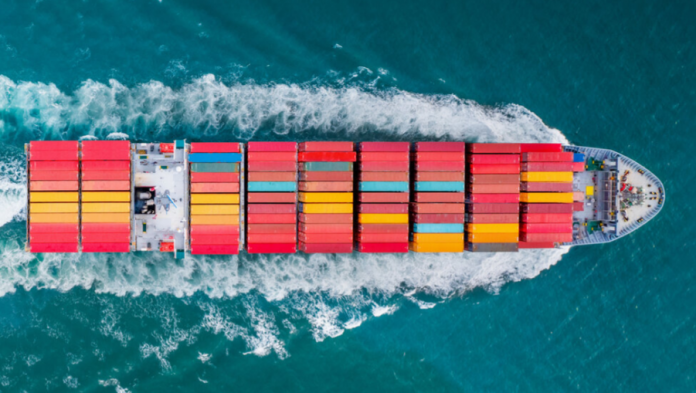Airseas, a company specialising in wind propulsion systems for the maritime industry, recently disclosed the results of its most recent ocean trials.
In particular, these trials indicate an anticipated decrease in fuel usage and emissions by 16% for a standard transatlantic journey. These estimations are derived from the analysis of data obtained during the validation of automated dynamic flights of the Seawing.
This kite system maneuvers in a “figure of eight” pattern, enhancing the force applied to the vessel and thereby contributing to a reduction in both fuel consumption and greenhouse gas (GHG) emissions.
The anticipated 16% reduction in both fuel consumption and emissions was determined through the measurement of traction in tonnes achieved by the Seawing system during the recent sea trials conducted on the Ville de Bordeaux, a 5,291 deadweight tonne (DWT) ro-ro vessel owned by Louis Dreyfus Armateurs, during its transatlantic journeys.
Also, this initial performance data aligns with Seawing’s broader development plan, which aims to achieve average savings of 20%.
Significantly, these trials also served as a validation for the automation system of Airseas’ technology. This system effectively managed the dynamic flights of the Seawing without requiring any human intervention.
Moreover, these achievements build on previous technical milestones in the sea trials on the Ville de Bordeaux, which included validating the automated take-off and landing phases, the inaugural traction flights with the kite in a stationary position, and dynamic flights that enhanced the kite’s traction capabilities.
The next steps of the Seawing development roadmap are to focus on delivering the kite’s full performance, with tests in ground conditions at Airseas’ new R&D centre in Dakhla, Morocco, as well as sea trials on a 211,982 DWT capesize vessel owned by Japanese shipowner “K” Line, which purchased five Seawings with options for up to 51 in total.
Mathieu Reguerre, Flying components project manager at Airseas, added,
“Validating automated dynamic flights is a huge technical achievement and a major milestone in the development of the Seawing.”







